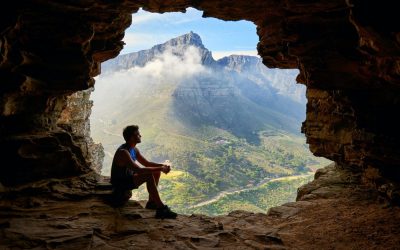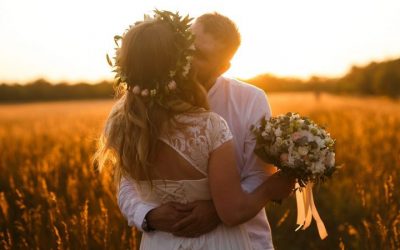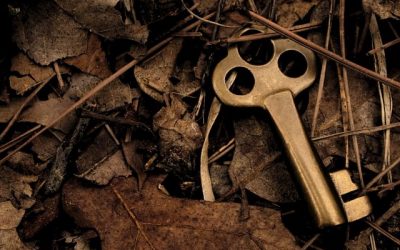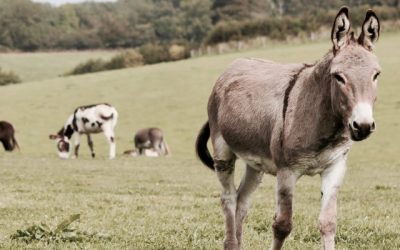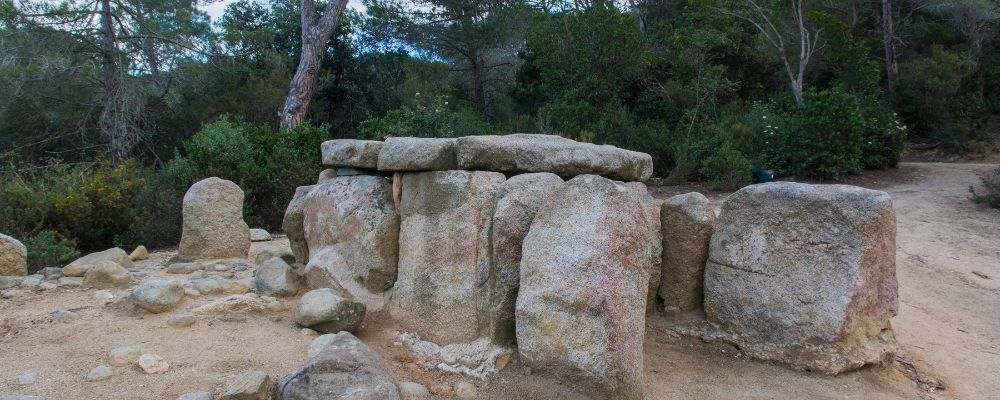The Kolbrin
The Kolbrin is NOT a mainstream book. You’ll be hard pressed to find out much about it even on Google.
It’s a collection of translated scrolls that its publishers claim originate from various periods of Egyptian history – dynastic and pre-dynastic – complemented by others from the early history of the British Isles.
The scrolls are packed full of ‘historical’ descriptions of ancient odysseys (including the saga of a group of Egyptians who fled their morally bankrupt homeland to found a new colony in neolithic – or possibly Celtic – Britain), a cyclic global catastrophe caused by some kind of celestial event (‘The Destroyer’), stolen and hidden treasure, and all those other good things you’d expect from underground ancient writings whose time has supposedly come. Primarily, though, The Kolbrin is a vehicle for a moral code – ‘The Good Religion’ – whose blossoming, the original authors claimed, was ‘buried in the womb of the future’. After barely escaping the destruction of Glastonbury Abbey during Henry VIII’s Dissolution of the Monastries, The Kolbrin eventually found its way to New Zealand where its current custodians have decided that the message latent in the scrolls can finally be released to a world that has a chance of learning from the ancient wisdom contained within them.
Please join me on a journey through the various scrolls by clicking on the link below (more coming soon). I shall be giving a short summary of each section of The Kolbrin along with my thoughts on this most esoteric of publications.
The Book of Creation
An extract from The Great Book of the Sons of Fire
The Book of Gleanings
An extract from various old Culdee books
The Book of Scrolls
Compiled from remaining portions of The Bronzebook
The Book of Creation
SEARCH
The Book of Gleanings
WANT TO KNOW WHEN THE NEXT UPDATE’S DUE?
The Book of Scrolls
WANT TO KNOW WHEN THE NEXT UPDATE’S DUE?


